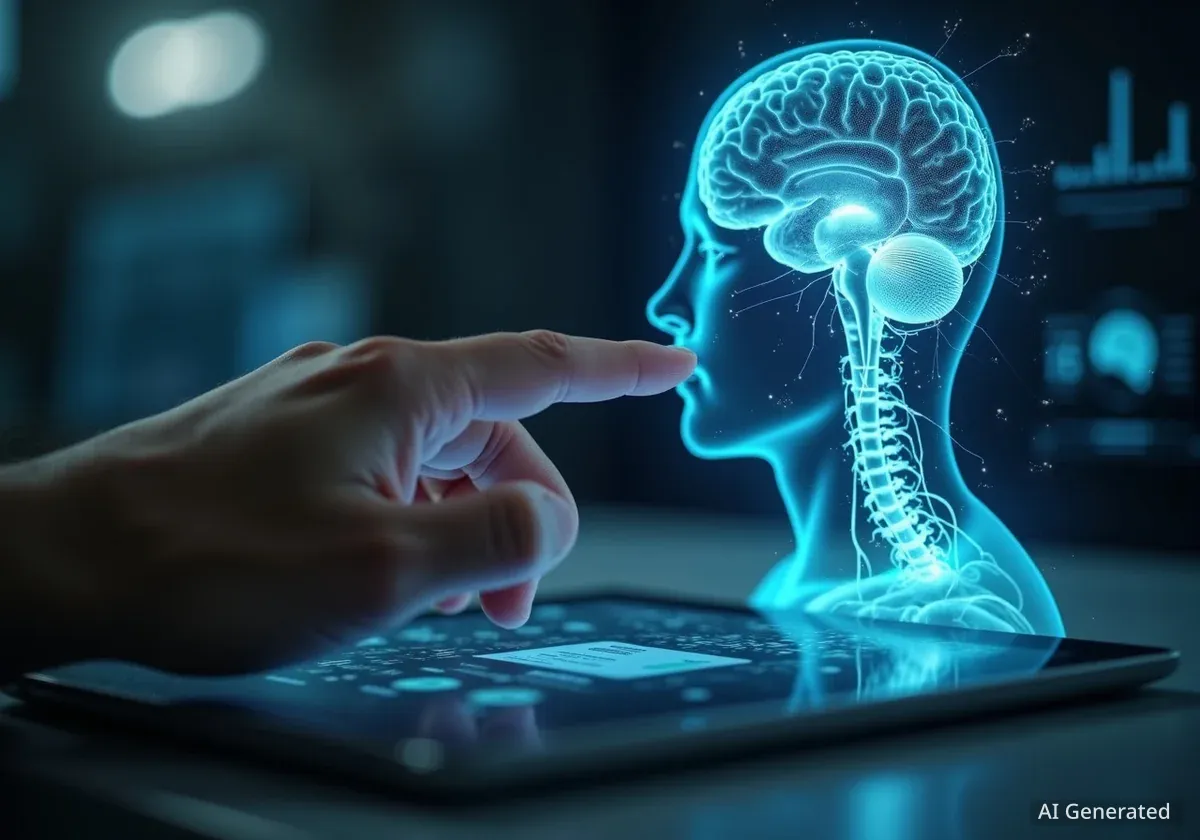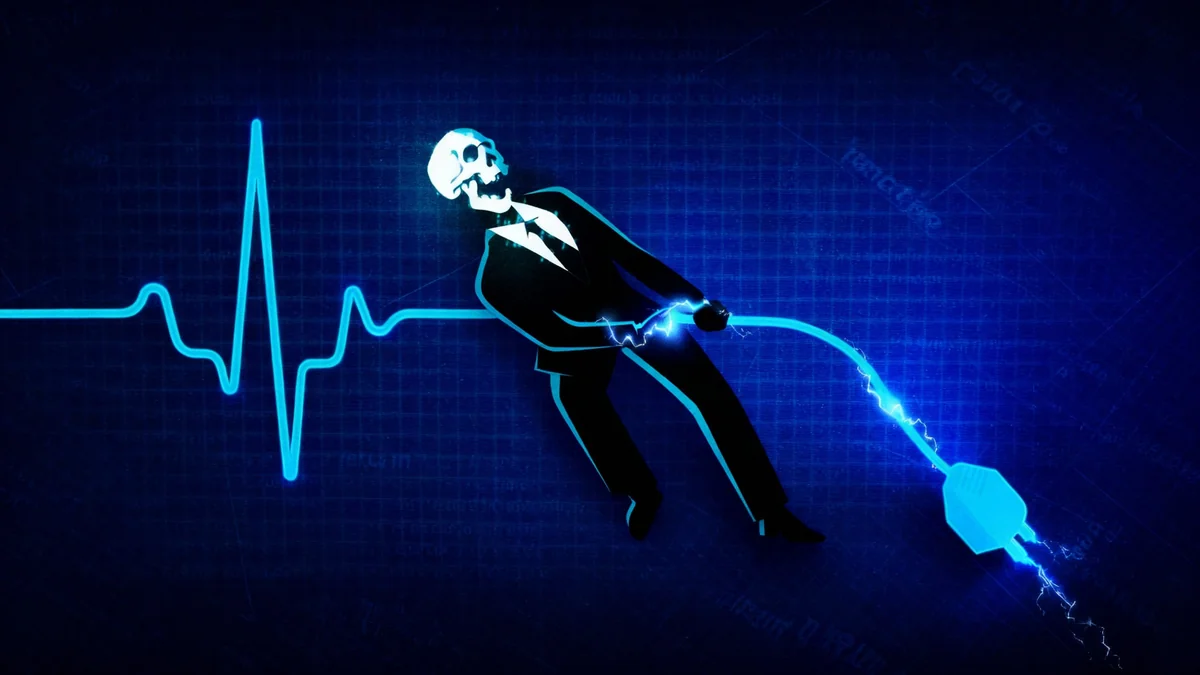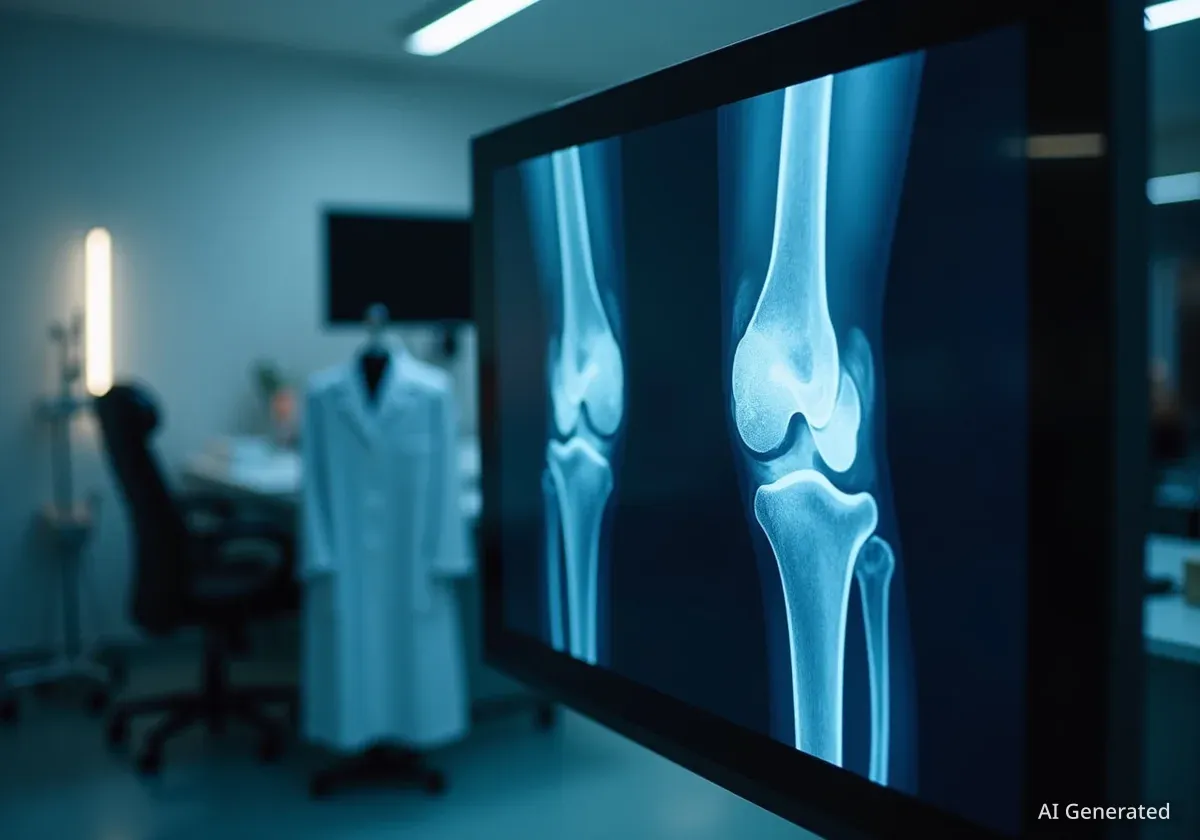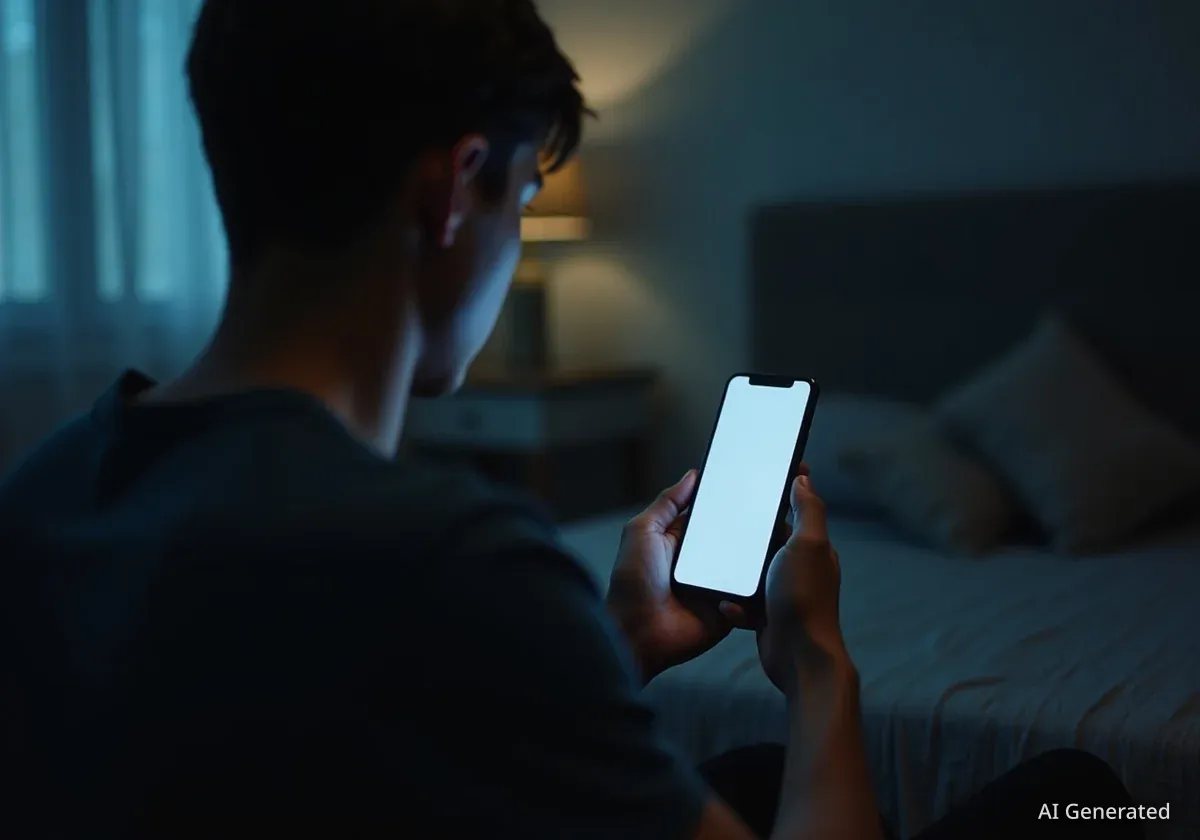A man from the south of England who suffered from debilitating symptoms for three years turned to artificial intelligence for answers after multiple doctor visits failed to identify the cause. The AI suggested Lyme disease, a diagnosis that was later confirmed through a private medical test, raising new questions about the role of technology in patient self-advocacy and the challenges of diagnosing complex illnesses.
Key Takeaways
- Oliver Moazzezi, an IT consultant, used an AI tool to analyze his symptoms after years of unresolved health issues following a tick bite.
- The AI identified Lyme disease as a potential cause, a conclusion later verified by a positive antibody test from a private doctor.
- Medical experts express caution, warning against the risks of self-diagnosis with AI and emphasizing the need for professional medical consultation.
- The case highlights ongoing difficulties within the healthcare system in diagnosing Lyme disease, which often presents with symptoms similar to other conditions.
A Three-Year Search for Answers
For Oliver Moazzezi, a resident of Whiteley, England, the health problems began three years ago after a tick bite. The first sign was a persistent ringing in his ears, known as tinnitus. Over time, his condition worsened, expanding to include high blood pressure, severe fatigue, and muscle spasms.
His active lifestyle, which once included regular gym visits and swimming, became impossible. The tinnitus grew so severe that it drowned out everyday sounds. "All I had was this massive high-pitched scream... it was horrific and it was day and night for weeks and months," Moazzezi explained. During walks in the woods near his home, he could no longer hear the rustling of leaves or the sound of birds.
Moazzezi sought help from healthcare professionals but found the process frustrating. He said doctors suggested his symptoms could be related to anxiety. An Ear, Nose, and Throat specialist attributed his tinnitus to hearing loss. Feeling unheard, he began to doubt himself. "I felt like I was being a hypochondriac," he stated. "I felt like no-one actually wanted to understand or look at all the things I was trying to explain."
What is Lyme Disease?
Lyme disease is a bacterial infection transmitted to humans through the bite of an infected tick. It is a systemic illness, meaning it can affect the entire body, including the nervous system, joints, and heart. Early symptoms may include a distinctive circular rash, but not everyone develops one. Because its symptoms—such as fatigue, muscle pain, and neurological issues—overlap with many other conditions, it can be difficult to diagnose, especially if not identified early.
Turning to Technology for a Diagnosis
Unsatisfied with the medical explanations he received, Moazzezi decided to use his professional expertise to investigate his condition. As an IT consultant working with Microsoft 365, he was familiar with the capabilities of artificial intelligence. He compiled a detailed list of all his symptoms, making sure to include the initial tick bite, and entered the information into an AI program.
To ensure the quality of the results, he specifically instructed the AI to consult only verified medical sources. "I told it to look at verified medical sources... and I've not told it Lyme disease it's telling me," he recalled. The AI analyzed the pattern of symptoms and suggested Lyme disease as a probable cause.
Armed with this new information, Moazzezi approached a private doctor and specifically requested an antibody test for the disease. The test results came back positive, confirming the AI's suggestion. He has since begun treatment, and many of his symptoms, including the severe tinnitus, have started to improve. "I can hear the wind rustling and I can hear the birds and you don't realise how awful it is to miss those," he said, expressing relief.
"I felt quite vindicated... if I hadn't persisted, if I hadn't put all of my symptoms into AI I would hate to think where I would have been left by healthcare professionals."
The Broader Debate on AI in Healthcare
Moazzezi's experience highlights a growing trend of patients using technology to take a more active role in their healthcare. However, it also fuels an ongoing debate among medical and technology experts about the benefits and risks of using AI for self-diagnosis.
Support from a Clinical Specialist
Some specialists see value in these tools, especially for patients with hard-to-diagnose conditions. Georgia Tuckey, a tick-born disease specialist and clinician in Worthing, said she supports patients using AI when they have struggled to get answers through traditional channels. She noted that complex illnesses often require a specific way of understanding symptom presentation that may be missed in general NHS investigations.
Lyme Disease Cases in England and Wales
According to official data, there are approximately 1,500 laboratory-confirmed cases of Lyme disease each year. However, it is estimated that an additional 3,000 to 4,000 patients are treated based on clinical symptoms without a confirmed diagnosis. Tuckey argues this discrepancy in reported numbers leads to underinvestment in research and training.
Words of Caution from an AI Expert
Others urge extreme caution. Ella Haig, a professor in Artificial Intelligence at Portsmouth University, pointed out the limitations of these tools. While users can provide detailed information and ask the AI to use reliable sources, the output is not a substitute for a professional medical opinion. "Would we really trust what they give us without a discussion with a healthcare professional? I personally don't think I would," she commented.
Official Response and Future Outlook
In response to Moazzezi's case, the Hampshire and Isle of Wight Integrated Care Board issued a statement. "We are sorry to hear that this person feels let down by the care they received," the board said, adding that their clinicians are trained to recognize Lyme disease in line with national guidance.
The board also acknowledged the evolving role of technology in medicine. "As artificial intelligence develops, we continue to look at how technology can safely support clinicians in caring for patients." However, their official recommendation remains unchanged: "We encourage anyone who is concerned about their health to speak to a trained clinician or visit 111 online for guidance."
For Moazzezi, the journey has been a difficult one, leaving him feeling frustrated that his proactive efforts to detail his symptoms were not met with a more thorough investigation. His case serves as a powerful example of the intersection of patient persistence, technological innovation, and the inherent complexities of modern medical diagnostics.





